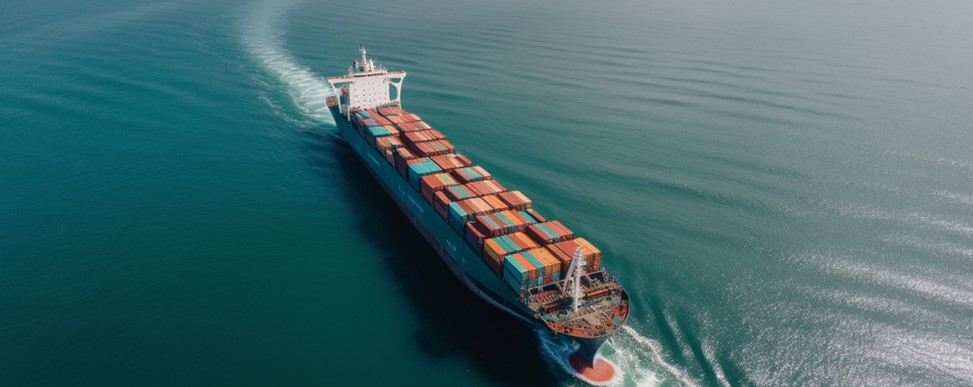SITUATION IN THE RED SEA : ONE DISTURBANCE AFTER ANOTHER

The crisis in the Red Sea continues, and despite the establishment of the US-led military coalition, attacks on merchant ships continue. While some companies are still using the Suez Canal for some of their ships, most shipowners have suspended all transit via this route, preferring instead to pass through the Cape of Good Hope.
THE CONSEQUENCES OF THIS DIVERSION
Changing ships' course extends transit times by around ten days, leading to an equipment shortage that is already being felt in Asia, particularly in China and India, where the main international ports are affected. In China, the port of Ningbo is saturated with goods awaiting loading, due to a lack of empty containers to return and vessels to ship the goods. In India, the country's main container ports, Nhava Sheva and Mundra, are affected by this equipment shortage.
In addition to this shortage of equipment, the arrival and departure dates of ships in European ports are necessarily shifted, and it is to be feared that port congestion will further lengthen transit times in the weeks to come.
We also note that some European factories are forced to slow down their activities because the required parts from Asia have not yet been delivered.
Other consequences: higher freight rates with the application of various surcharges and increased transit costs.
WHAT ARE THE SOLUTIONS ?
Options such as rail, air or multimodal air-sea transport are all possible. However, the latter two options are more expensive.
It is also advisable to book as far in advance as possible if a delivery date has already been scheduled.
Our teams are at your disposal to provide you with the most appropriate solutions for the transport of your goods.
Tags: BALGUERIE

